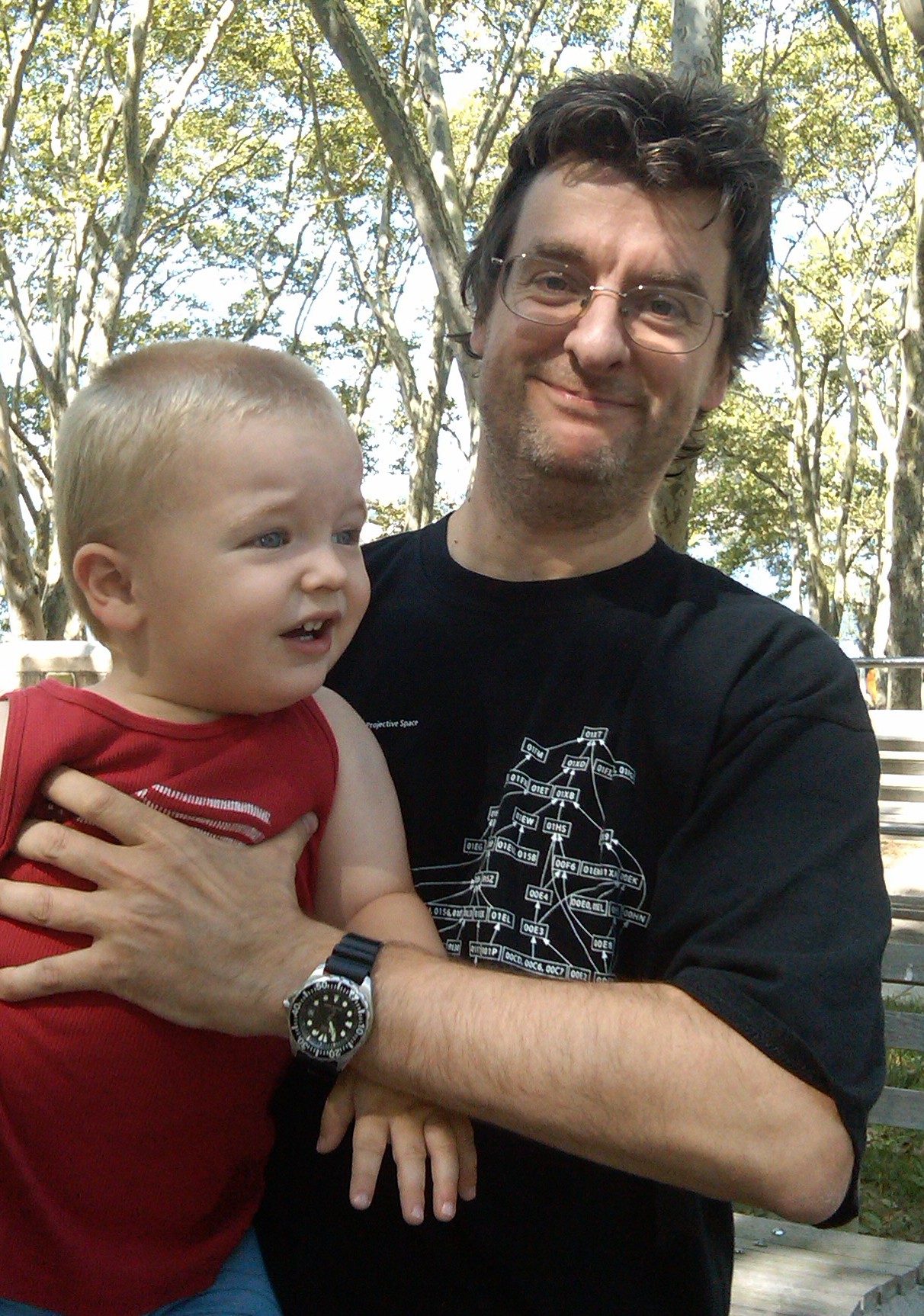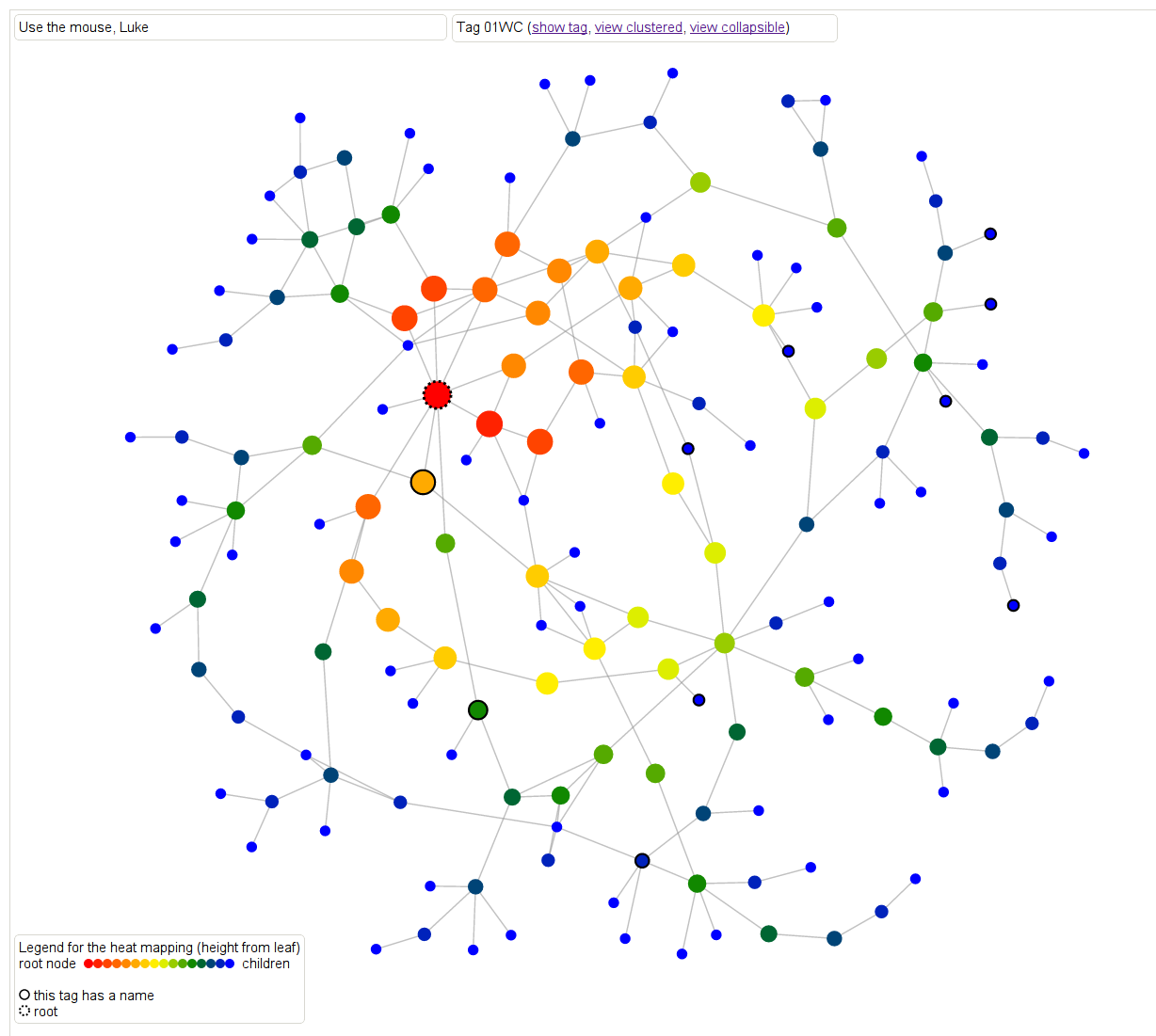Alok Jha has a piece in the Guardian yesterday about the failure to find SUSY. His conclusion I think gets the current situation right:
Or, as many physicists are now beginning to think, it could be that the venerable theory is wrong, and we do not, after all, live in a supersymmetric universe.
An interesting aspect of the article is that Jha asks some SUSY enthusiasts about when they will give up if no evidence for SUSY appears:
[Ben] Allanach says he will wait until the LHC has spent a year or so collecting data from its high-energy runs from 2015. And if no particles turn up during that time? “Then what you can say is there’s unlikely to be a discovery of supersymmetry at Cern in the foreseeable future,” he says.
Allanach has been at this for about 20 years, and here’s what he has to say about the prospect of failure:
If the worst happens, and supersymmetry does not show itself at the LHC, Allanach says it will be a wrench to have to go and work on something else. “I’ll feel a sense of loss over the excitement of the discovery. I still feel that excitement and I can imagine it, six months into the running at 14TeV and then some bumps appearing in the data and getting very excited and getting stuck in. It’s the loss of that that would affect me, emotionally.”
John Ellis has been in the SUSY business even longer, for 30 years or so and he’s not giving up:
Ellis, though confident that he will be vindicated, is philosophical about the potential failure of a theory that he, and thousands of other physicists, have worked on for their entire careers.
“It’s better to have loved and lost than not to have loved at all,” he says. “Obviously we theorists working on supersymmetry are playing for big stakes. We’re talking about dark matter, the origins of mass scales in physics, unifying the fundamental forces. You have to be realistic: if you are playing for big stakes, very possibly you’re not going to win.”
But, just because you’re not going to win, that doesn’t mean you have to ever admit that you lost:
John Ellis, a particle theorist at Cern and King’s College London, has been working on supersymmetry for more than 30 years, and is optimistic that the collider will find the evidence he has been waiting for. But when would he give up? “After you’ve run the LHC for another 10 years or more and explored lots of parameter space and you still haven’t found supersymmetry at that stage, I’ll probably be retired. It’s often said that it’s not theories that die, it’s theorists that die.”
There may be a generational dividing line somewhere in the age distribution of theorists, with those above a certain age likely to make the calculation that, no matter how bad things get for SUSY and string theory unification, it’s better to go to the grave without admitting defeat. The LHC will be in operation until 2030 or so, and you can always start arguing that 100 TeV will be needed to see SUSY (see here), ensuring that giving up won’t ever be necessary except for those now still wet behind the ears.
For another journalist’s take on the state of SUSY, this one Columbia-centric and featuring me as skeptic, see here.







